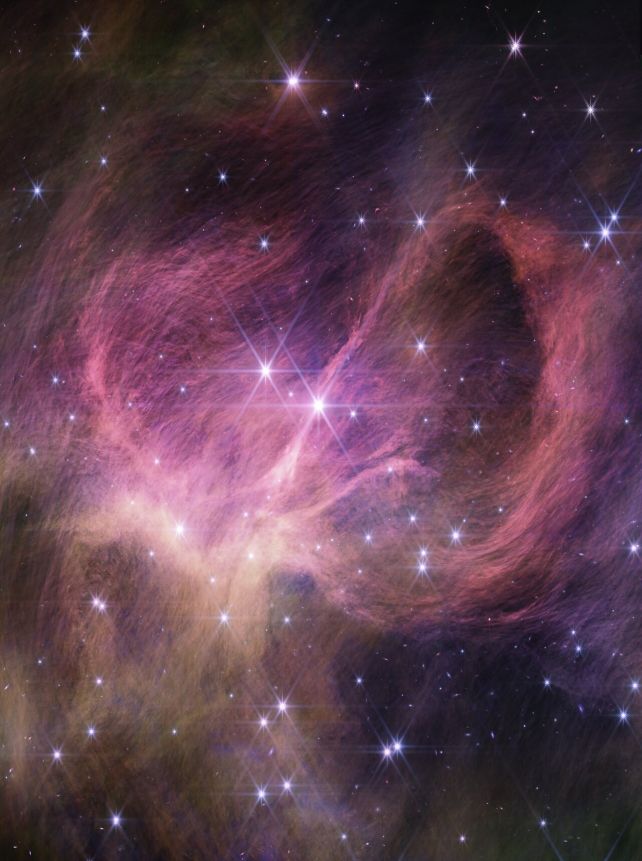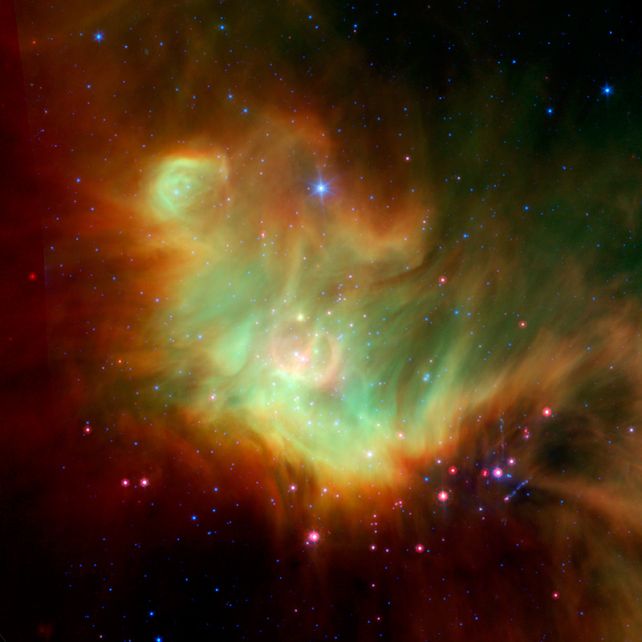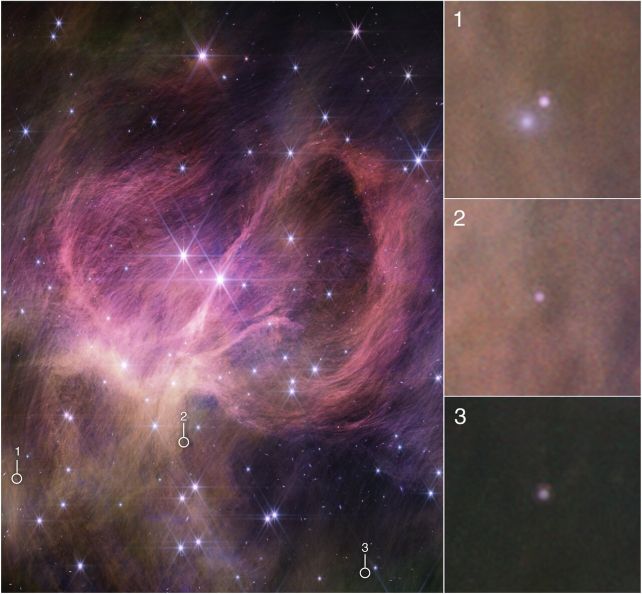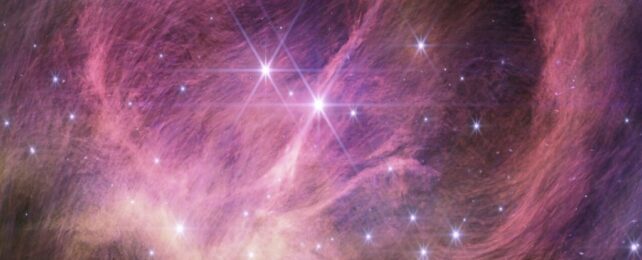A newly discovered record-breaking object is posing a challenge to our understanding of how stars are born.
It's a brown dwarf just hanging out in space, all by its lonesome – and, with a mass of just 3 to 4 times that of Jupiter, it appears to be the lowest-mass object of its kind discovered yet.
This presents some interesting problems, not least of which is how the heck it even formed in the first place.
"It's pretty easy for current models to make giant planets in a disc around a star," says astronomer Catarina Alves de Oliveira of the European Space Agency.
"But in this cluster, it would be unlikely that this object formed in a disc, instead forming like a star, and three Jupiter masses is 300 times smaller than our Sun. So we have to ask, how does the star formation process operate at such very, very small masses?"

Brown dwarfs are commonly known as "failed stars", which is a bit mean, but not entirely inaccurate. A star is an object born from a dense clump in a cloud of gas and dust in space that collapses under gravity. It grows and grows until it's massive enough for the pressure and heat in its core to ignite into hydrogen fusion. The minimum mass for this is about 80 to 85 times the mass of Jupiter.
A brown dwarf is an object that forms the same way, but it doesn't put on enough mass to create the conditions for hydrogen fusion. Neither, however, is a brown dwarf a planet. In fact, the brown in their name refers to how they're smaller than white dwarf stars, and bigger than non-glowing 'dark' planets.
At a certain critical mass – around 13 Jupiters or so – a brown dwarf can fuse atoms, not of hydrogen, but of its heavier isotope deuterium, for which the fusion pressure and temperature are lower than that of hydrogen.
Planets are formed by a different process, from the gradual accumulation of material that's left after a star finishes forming. So something that forms from gravitational collapse but is too low-mass to ignite fusion could still technically become a brown dwarf. Astronomers sometimes refer to these planet-route objects as sub-brown dwarfs, planetary-mass brown dwarfs, or rogue planets.

A team of astronomers led by Kevin Luhman of Pennsylvania State University are trying to find the smallest of these objects.
"One basic question you'll find in every astronomy textbook is, what are the smallest stars?" Luhman says. "That's what we're trying to answer."
They used the James Webb Space Telescope to conduct a survey of the center of a young star cluster called IC 348, in the Perseus star-forming region some 1,000 light-years away. Sub-brown dwarfs are very cool and dim, compared to stars, so an infrared instrument with the sensitivity of the JWST is a necessity. First, they used the near-infrared NIRCam to look for candidates; then NIRSpec, the spectrograph, to study them.
They found three new members of IC 348 that fit the bill, with masses between three and eight Jupiters and temperatures from 1100 to 1800 Kelvin (827 to 1527 degrees Celsius, or 1520 to 2780 Fahrenheit). The smallest of these candidates is the record-breaker, with a mass around three to four Jupiters.
This is a real puzzle. For star formation, a cloud has a lot of mass, and therefore a lot of gravity. Producing something the size of a planet would start with a smaller cloud, and therefore less gravity, which means the formation process is a lot more arduous, the researchers say.

It's possible that the objects are exoplanets that got booted out of their planetary systems, but this is also unlikely. As far as planets go, they are quite large, but most of the stars in IC 348 are very small. The formation of large planets around small stars is also difficult to explain. Moreover, the cluster is very young. There hasn't been enough time for planets to form and get ejected so far from their systems, the researchers say.
And that's not the only puzzle, either. The spectrographic analysis revealed the presence of an unidentified hydrocarbon in two of the objects. The signature for this unknown chemical species has been spotted in the atmospheres of Saturn and Titan in the Solar System, as well as drifting around in interstellar space, but hadn't ever been seen in an extrasolar atmosphere before.
So it's clear that whatever we're looking at here, it's giving us something new and exciting to mull over and learn about the strange intersection between stars and planets.
"This is the first time we've detected this molecule in the atmosphere of an object outside our Solar System," says Alves de Oliveira.
"Models for brown dwarf atmospheres don't predict its existence. We're looking at objects with younger ages and lower masses than we ever have before, and we're seeing something new and unexpected."
The research has been published in The Astronomical Journal.
